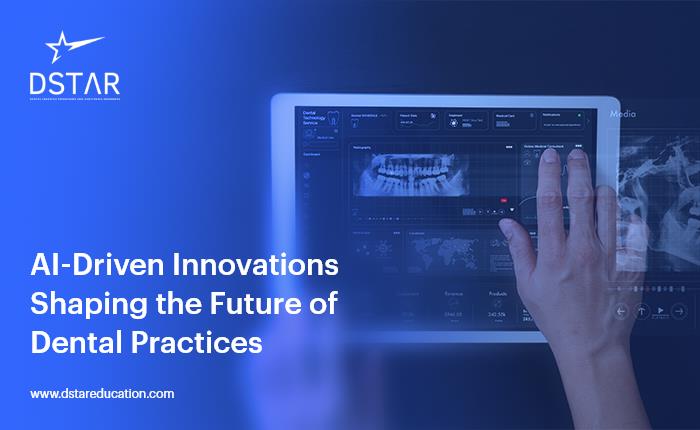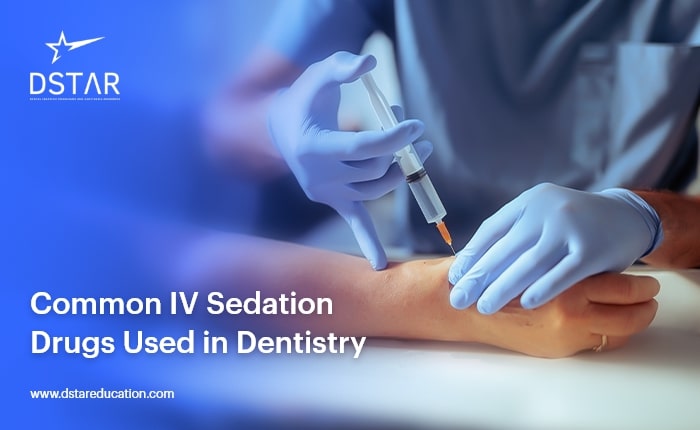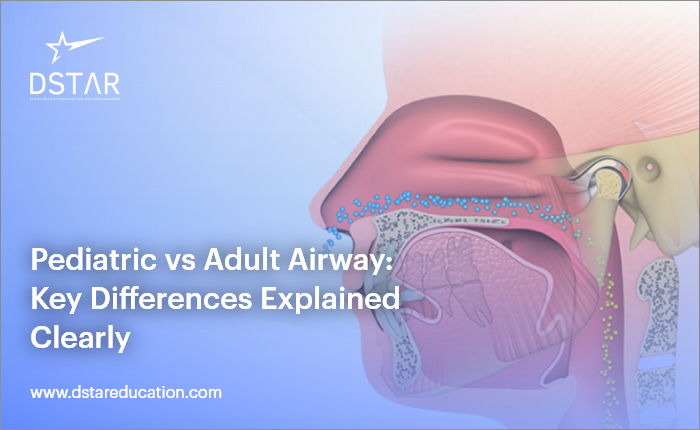Artificial intelligence (AI) is transforming the dental sector. Its ability to improve diagnostics, expedite processes, and enhance patient care drastically changes how dentists provide care, increasing procedures’ effectiveness, accuracy, and personalization. Dentists can successfully handle clinical and administrative issues by incorporating AI into their clinics.
AI in Diagnostics and Treatment Planning
Thanks to AI-powered diagnostic technologies, dental image analysis is remarkably accurate. Compared to conventional techniques, systems that use machine learning algorithms can better detect cavities, fractures, gum disease, and other oral health problems in radiographs. Dentists can use this feature to make better, faster judgments.
For example, using sophisticated algorithms to forecast tooth movements, AI apps help with orthodontics. This makes it possible to create personalized aligners that fit better and require less time to treat. Furthermore, artificial intelligence (AI) in prosthodontics guarantees the accurate fit and design of crowns, bridges, and dentures, improving patient happiness and results.
AI also helps with early detection of oral malignancies by spotting tiny trends that traditional inspections can miss. This early diagnosis dramatically improves treatment results and survival rates.
Enhancing Patient Care Through Predictive Analysis
AI empowers dentists to anticipate and address patient needs by analyzing patterns in data. To determine the likelihood of developing diseases like periodontal disease or tooth decay, predictive analysis methods evaluate variables such as lifestyle, genetic predispositions, and past oral health. This proactive strategy aids in preventing problems before they become more serious.
AI improves patient communication in addition to diagnoses. Chatbots and virtual assistants handle routine chores like sending reminders, answering frequently asked questions, and setting up appointments. These tools decrease the administrative load on employees while streamlining processes and guaranteeing a positive experience for patients.
Robotics in Dental Surgeries
AI-powered robots are revolutionizing dental procedures by increasing accuracy and decreasing mistakes. Robots help in extractions, root canals, and implant placements, among other treatments. Their precision reduces problems, expedites surgery, and improves patient recovery.
These robotic systems frequently include real-time AI feedback, enabling them to adjust to anatomical changes during surgery. This flexibility ensures patient safety and optimal outcomes. Additionally, robotics increases productivity in jobs like sterilizing and cleaning instruments, upholding greater hygiene standards in clinics.
AI-Powered Administrative Efficiency
A dentist’s workload is frequently heavily dominated by administrative duties. Dentists can devote more time to patient care by using AI to automate processes like billing, insurance claims processing, and patient records management.
AI-powered revenue cycle management systems, for example, guarantee timely payments and accurate record-keeping. Predictive analytics, which also offers insights into clinic performance, allows dentists to find patterns in patient retention or appointment cancellations. These insights enable dentists to apply tactics to enhance patient happiness and streamline operations.
Educational Advancements Through AI
AI creates immersive and interactive learning environments that revolutionize dentistry education. Virtual reality (VR) technologies powered by AI replicate real-world processes, allowing professionals and students to practice complex techniques in a risk-free environment.
AI-based systems can offer tailored learning approaches that pinpoint areas needing development and hone current abilities. These technologies ensure a well-rounded education by monitoring performance and providing tailored resources to assist students in overcoming obstacles.
Addressing Inequities in Oral Healthcare
AI applications are essential to lowering disparities in oral healthcare. By examining vast databases, AI uncovers underprivileged regions and populations without access to dental care. Public health initiatives can use this data to enhance outreach efforts and allocate resources more efficiently.
For instance, mobile dentistry units with AI diagnostics can provide care in remote locations, guaranteeing everyone access to care. These initiatives decrease gaps in oral health outcomes and advance public health objectives.
Challenges and Ethical Considerations
Although AI has many advantages, implementation has drawbacks. Data security is a top priority since dental offices handle sensitive patient data. It’s important to make sure that privacy regulations like HIPAA are in check. To protect patient information, practices need to make significant investments in cybersecurity.
The decision-making processes of AI raise ethical concerns. Dentists must remain vigilant to ensure that technology complements human expertise rather than replacing it. Transparent AI algorithms preserve trust between patients and practitioners. Collaboration between dentistry groups and IT developers can effectively address these ethical issues.
The Role of AI in Public Awareness
AI plays a key role in increasing oral health awareness. Mobile apps powered by AI provide patients with real-time advice on dental hygiene practices, enabling them to take better care of their teeth. These applications promote long-term oral health by offering personalized suggestions based on user behavior and medical history.
Social media platforms use AI algorithms to distribute targeted oral health advertisements to specific populations. These initiatives encourage routine dental checkups and preventive care, ultimately improving community health.
The Road Ahead
The use of AI in dentistry is growing, and people are anticipating additional advancements in the future. By judiciously integrating these tools, dental practitioners can improve workflows and provide better care. However, to fully utilize AI technology to benefit their patients, dentists must remain knowledgeable and flexible as it develops.
Researchers may develop AI-powered prediction models for global oral health trends in the future, helping decision-makers create effective interventions. AI has the potential to make a future in which dental care is practical, easily accessible, and patient-centered with cooperation and creativity.
References:
- “AI in Dentistry: Applications and Benefits,” ADA News, https://www.ada.org/publications
- “Ethical Challenges in AI,” HIPAA Journal, https://www.hipaajournal.com
- “AI and Dental Innovations,” Dental Economics, https://www.dentaleconomics.com
- “Future of AI in Healthcare,” National Institute of Health, https://www.nih.gov
- “Advances in AI for Dentistry,” Elsevier, https://www.elsevier.com
- “AI in Dental Education,” BMC Medical Education, https://www.biomedcentral.com
- “Robotics in Dental Practice,” Robotics in Healthcare, https://www.neocis.com
- “Data Security in Dentistry,” Cybersecurity Dental, https://www.cyberdental.org
 Take Free TSBDE Anesthesia Jurisprudence Practice Exam Now!
Take Free TSBDE Anesthesia Jurisprudence Practice Exam Now!












